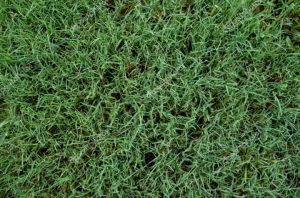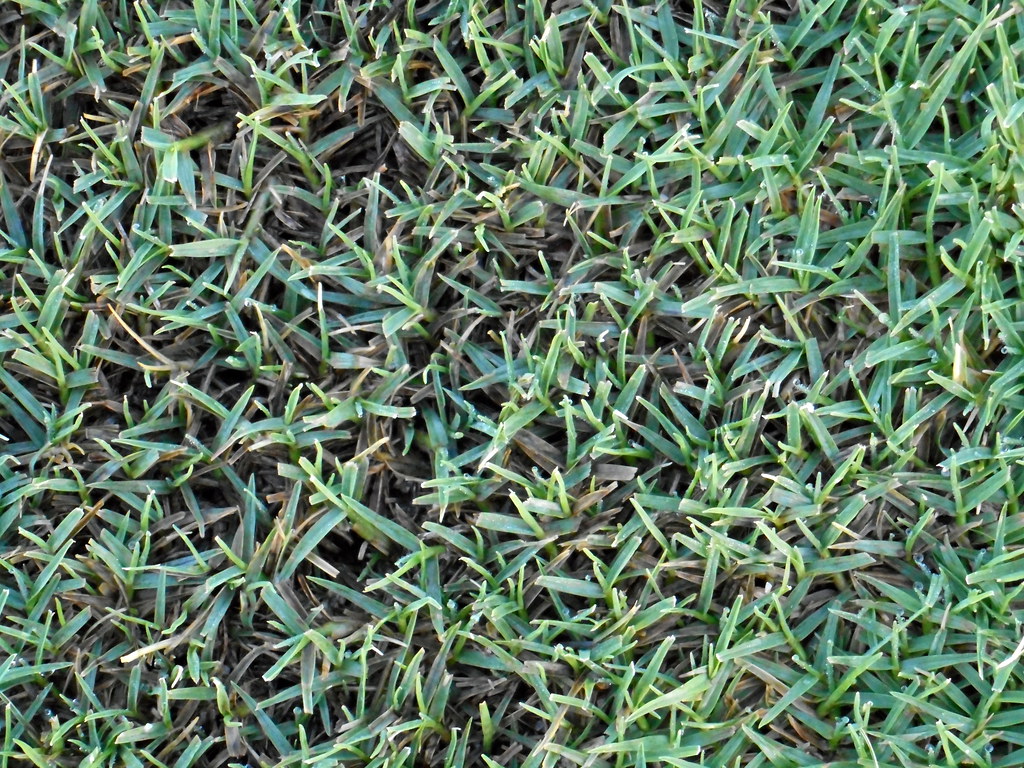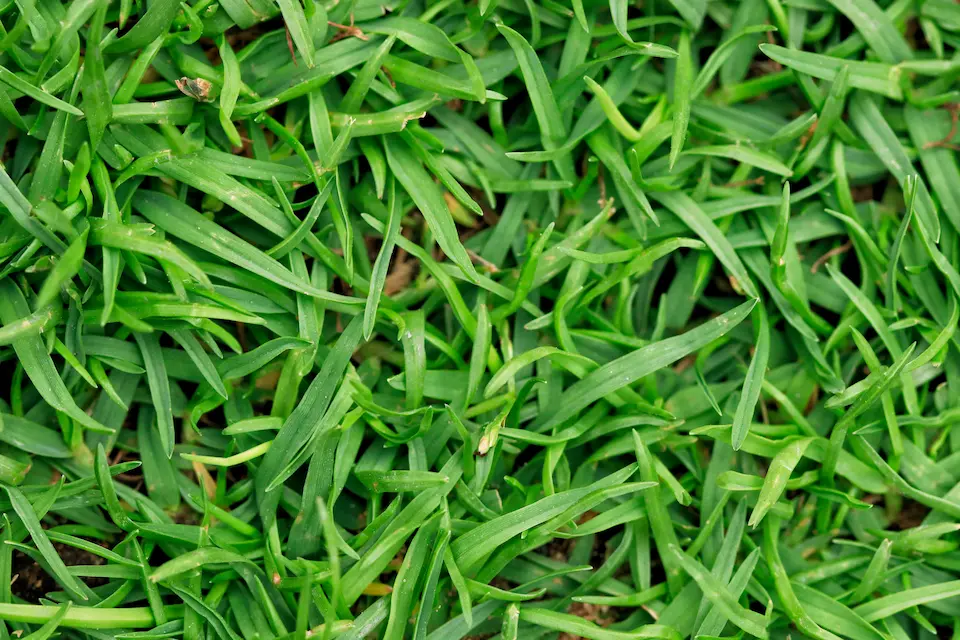If you’re thinking about planting Bermuda grass in Florida, timing is everything. You want your lawn to thrive, look lush, and withstand the Florida heat without constant struggle.
But when exactly is the best time to plant Bermuda grass so it establishes strong roots and grows healthy? Planting too early or too late can lead to patchy grass, weed invasion, and extra work for you. You’ll discover the ideal planting seasons tailored to Florida’s unique climate, what to watch out for, and tips to ensure your Bermuda grass lawn becomes the envy of the neighborhood.
Keep reading to unlock the secret to a vibrant, durable Bermuda grass lawn that suits your Florida home perfectly.

Credit: theturfgrassgroup.com
Bermuda Grass Basics
Bermuda grass is a popular choice for lawns in Florida. It thrives in warm climates and handles heat well. Understanding its basics helps in planting and caring for it properly.
This grass grows fast and recovers quickly from damage. It creates a dense, green lawn that looks great in summer. Knowing its growth traits and common types makes choosing the right variety easier.
Characteristics And Growth
Bermuda grass grows best in full sun and warm temperatures. It spreads through underground stems called rhizomes. This helps it cover ground quickly and fill bare spots.
The grass is drought-resistant but needs regular watering to stay green. It grows actively from late spring to early fall. During cooler months, growth slows down or stops.
It requires frequent mowing because it grows fast. Without mowing, it can look messy and thick. Bermuda grass also forms a thick layer called thatch, which needs removal sometimes.
Common Varieties In Florida
Several Bermuda grass types suit Florida’s climate well. Common varieties include Common Bermuda, Tifway 419, and TifTuf.
Common Bermuda is inexpensive and easy to grow. It suits home lawns but may need more care to stay healthy. Tifway 419 is popular for sports fields and golf courses. It has a finer texture and better color.
TifTuf is newer and more drought-tolerant. It requires less water and fertilization. These varieties help homeowners pick grass that fits their needs and environment.

Credit: dickersonlandscaping.com
Ideal Planting Seasons
Choosing the right season to plant Bermuda grass in Florida makes a big difference. The climate varies across the state, affecting grass growth. Planting at the right time helps the grass grow strong and healthy. Understanding the ideal seasons helps you avoid problems and enjoy a lush lawn.
Spring Planting Benefits
Spring is the best time to plant Bermuda grass in Florida. The soil warms up, which helps seeds sprout quickly. Longer daylight gives the grass energy to grow fast. Spring planting allows the grass to build roots before hot summer months. This leads to a thicker, healthier lawn.
New grass can compete well against weeds in spring. The risk of frost is low, protecting young grass shoots. Regular rainfall in spring supports steady growth without much watering. Overall, spring planting sets up Bermuda grass for strong establishment.
Summer Establishment Tips
Summer planting is possible but requires care. The heat and sun help Bermuda grass grow fast. However, young grass needs frequent watering to avoid drying out. Water early in the morning or late in the evening to reduce evaporation.
Avoid planting during extreme heat waves. Use mulch to keep soil moist and cool. Mowing should start only when grass reaches 2 inches tall. Summer planting can succeed with extra attention to water and shade.
Risks Of Fall And Winter Planting
Fall and winter are not ideal for planting Bermuda grass in Florida. Cooler temperatures slow down seed germination and root growth. Grass planted late in the year struggles to establish before cold weather.
Frost can damage new grass shoots. Less sunlight reduces energy for growth. The grass stays weak and thin during winter months. Planting in fall or winter often leads to patchy lawns and more lawn care problems.
Regional Planting Differences
Planting Bermuda grass in Florida requires attention to regional climate differences. Florida’s large size means weather varies from north to south. This affects the best time to plant Bermuda grass. Understanding these differences helps ensure healthy growth and a lush lawn.
North Florida Timing
North Florida has cooler winters and a shorter growing season. The best time to plant Bermuda grass is spring or early summer. This gives the grass time to grow before cold weather arrives. Planting too late risks poor growth during fall. Warmer soil temperatures in spring help seeds germinate quickly. Aim for March through June for best results.
Central And South Florida Timing
Central and South Florida enjoy warmer climates year-round. Bermuda grass can be planted a bit later than in the north. The ideal planting window is late spring to early fall. Soil stays warm longer, allowing seeds to sprout through summer. Avoid planting in late fall or winter to prevent cold damage. Planting between April and September works well here.
Soil Preparation
Preparing the soil is the first step to planting Bermuda grass in Florida. Healthy soil helps grass roots grow strong and spread fast. Proper soil preparation improves water retention and nutrient availability. This leads to a lush, green lawn that can handle Florida’s heat and humidity.
Good soil preparation also reduces weeds and disease risk. It creates the perfect environment for Bermuda grass to thrive. Taking time to prepare soil well saves effort and money later on.
Soil Testing And Amendments
Start by testing your soil’s pH and nutrient levels. Florida soils often need adjustments to support Bermuda grass. The ideal pH is between 5.8 and 7.0 for best growth. Soil testing kits are easy to use or you can send samples to a lab.
Based on test results, add lime to raise pH or sulfur to lower it. Add organic matter like compost to improve soil structure. Fertilizers help supply missing nutrients such as nitrogen, phosphorus, and potassium. Mix amendments evenly into the top 6 to 8 inches of soil.
Drainage And Soil Type Considerations
Bermuda grass prefers well-drained soils. Poor drainage causes roots to rot and grass to weaken. Check your soil type: sandy, clay, or loam. Sandy soils drain quickly but may lack nutrients. Clay soils hold water but can become compacted.
Improve drainage by adding sand or organic matter to clay soils. Avoid heavy foot traffic on wet soil to prevent compaction. Raised beds or mounds can help if your area stays soggy. Good drainage keeps roots healthy and supports steady growth.
Seeding Vs. Sodding
Choosing between seeding and sodding is an important step in planting Bermuda grass in Florida. Each method has unique features that affect the lawn’s growth, cost, and time to establish. Understanding these differences helps in making the right decision for a lush, green lawn.
Advantages Of Seeding
Seeding Bermuda grass costs less than sodding. It allows for planting over large areas without heavy expenses. Seeds give you a wider choice of grass varieties. The lawn develops strong roots as it grows naturally. Seeding also lets the soil settle well before full growth.
Benefits Of Sodding
Sodding provides an instant green lawn right after installation. It helps prevent soil erosion on slopes and bare spots. Sod establishes quickly and reduces weed growth early on. This method allows faster use of the lawn for activities. Sod also creates a uniform, dense turf with less chance of patchiness.
When To Choose Each Method
Seeding fits best if budget is tight and patience is high. It works well in spring or early summer when temperatures support seed growth. Sodding suits areas needing immediate results or erosion control. It is ideal for fall or early spring planting when seed growth slows. Choose based on time, cost, and lawn use needs.
Planting Techniques
Planting Bermuda grass in Florida requires careful techniques to ensure healthy growth. Proper methods help the grass establish strong roots and cover the soil evenly. Whether using seed or sod, following the right steps improves success. Initial care after planting also plays a key role. These techniques suit Florida’s climate and soil for the best results.
Seed Spreading Methods
Spread Bermuda grass seed evenly across the prepared soil. Use a broadcast spreader for large areas. Hand spreading works well for small spots or touch-ups. Lightly rake the soil to cover seeds with a thin layer. Avoid burying the seed too deep, which stops germination. Press the soil gently to improve seed-to-soil contact. This helps the seeds absorb moisture and sprout quickly.
Sod Installation Tips
Lay Bermuda sod on firm, level ground for better root contact. Start along a straight edge or driveway for neat rows. Stagger the seams like brickwork to avoid gaps. Press the sod down with a roller or by walking on it. Water the sod immediately to help roots settle. Avoid walking on fresh sod for a few weeks. This gives the grass time to anchor firmly.
Watering And Initial Care
Water newly planted Bermuda grass daily to keep soil moist. Use a fine spray to avoid washing away seeds or sod. Reduce watering as grass roots grow deeper. After two to three weeks, water every few days. Mow the grass when it reaches 2 inches tall. Use a sharp blade and cut no more than one-third of the blade length. This encourages thick, healthy growth.
Maintenance For Healthy Growth
Maintaining Bermuda grass in Florida requires regular care to keep it green and healthy. Proper maintenance helps the grass grow thick and resist pests. Focus on mowing, fertilizing, and managing thatch for the best results.
Each step supports the grass’s natural growth cycle. Consistent attention prevents problems and saves effort later. Here are key practices to follow for strong Bermuda grass.
Mowing Frequency And Techniques
Mow Bermuda grass often, about once a week during growing season. Keep mower blades sharp to avoid tearing the grass. Set the mower height between 1 to 2 inches. Cutting too low stresses the grass and invites weeds. Remove no more than one-third of the grass height at a time. This encourages dense, healthy growth and reduces disease risk.
Fertilization Schedules
Fertilize Bermuda grass regularly to supply essential nutrients. Use a balanced fertilizer with nitrogen, phosphorus, and potassium. Apply fertilizer every 6 to 8 weeks in spring and summer. Avoid fertilizing in late fall to prevent winter damage. Water the lawn after fertilizing to help nutrients soak into the soil. Proper feeding supports green color and strong roots.
Thatch Control And Aeration
Bermuda grass tends to build up a thick layer of thatch. Thatch blocks water and nutrients from reaching roots. Remove thatch by dethatching or raking once per year. Aerate the soil to improve air flow and reduce compaction. Aeration creates small holes that help roots grow deeper. Both practices keep the lawn healthy and prevent disease.
Common Challenges
Planting Bermuda grass in Florida faces several common challenges. These issues can affect the growth and health of your lawn. Understanding them helps in better lawn care and maintenance. Below are key challenges to consider for successful Bermuda grass establishment.
Cold And Shade Limitations
Bermuda grass thrives in warm, sunny areas. Cold temperatures slow down its growth. In north Florida, cold weather can damage new grass. Shade also limits growth because Bermuda grass needs full sunlight. Planting in shady spots leads to thin, weak turf. Choose sunny areas for better results.
Pest And Disease Management
Pests like grubs and armyworms attack Bermuda grass roots and leaves. These pests reduce turf quality and cause bare patches. Diseases such as dollar spot and leaf spot also harm the grass. Regular monitoring and early treatment are important. Use pest control methods safe for lawns. Healthy grass resists pests and diseases better.
Weed Control Strategies
Weeds compete with Bermuda grass for nutrients and water. Common weeds include crabgrass and nutsedge. Applying pre-emergent herbicides prevents weed seeds from sprouting. Post-emergent herbicides kill existing weeds without harming Bermuda grass. Mowing at the right height helps reduce weed growth. Keep the lawn thick and healthy to crowd out weeds naturally.
Troubleshooting Growth Issues
Troubleshooting growth issues is key to having a healthy Bermuda grass lawn in Florida. Sometimes the grass looks uneven or thin. Other times, it may grow poorly or develop patches. Knowing how to fix these problems helps keep your lawn green and strong. Below are common issues and simple steps to handle them effectively.
Dealing With Patchiness
Patchy areas often mean the grass is not spreading well. This can happen due to poor soil contact or too much shade. Reseed bare spots using quality Bermuda grass seed. Water gently but regularly to help the seed sprout. Avoid heavy foot traffic on new grass until it grows thick. Mowing at the right height also encourages healthy spread.
Addressing Soil Deficiencies
Soil lacking nutrients can stunt Bermuda grass growth. Test your soil to find out what it needs. Add fertilizer with nitrogen, phosphorus, and potassium based on test results. Avoid over-fertilizing, which can harm the grass. Proper watering after fertilizing helps nutrients reach the roots. Good soil keeps your grass green and growing fast.
Handling Thatch And Scalping
Thatch is a thick layer of dead grass between soil and green blades. It blocks water and nutrients. Remove thatch by raking or dethatching in spring or early summer. Scalping means cutting grass too short, which stresses the lawn. Set your mower blade higher to prevent scalping. Healthy Bermuda grass recovers better and stays dense.

Credit: fortsmithlandscaping.com
Expert Tips For Success
Planting Bermuda grass in Florida requires careful attention and smart planning. Success depends on understanding the climate and avoiding common pitfalls. Expert tips help you nurture a lush, green lawn that thrives throughout the year. Follow these guidelines for the best results and a healthy lawn.
Optimizing Growth In Florida Climate
Bermuda grass loves warm weather and sunshine. Plant it in spring or early summer for the strongest roots. Florida’s heat helps the grass grow fast and thick. Water the lawn deeply but not too often. This encourages roots to grow deeper. Use well-draining soil to avoid waterlogging. Fertilize with a balanced mix to feed the grass. Mowing regularly keeps Bermuda grass healthy and dense. Cut to a height of 1 to 2 inches for best growth.
Preventing Common Mistakes
Do not plant Bermuda grass in shady areas. It needs full sun to thrive. Avoid planting too late in the year to prevent weak growth. Do not overwater; it can cause diseases and root rot. Skip heavy fertilizers early on to prevent burning new grass. Remove weeds before planting to reduce competition. Use fresh seeds or sprigs for better germination. Prepare the soil well by removing debris and loosening it. Avoid walking on new grass until it is well established.
Long-term Lawn Care Strategies
Keep your Bermuda lawn green with regular watering during dry spells. Aerate the soil once or twice a year to improve air and water flow. Dethatch when the layer becomes thicker than half an inch. Fertilize every 6 to 8 weeks during the growing season. Control pests and weeds promptly to protect your lawn. Mow often to keep the grass healthy and prevent thatch buildup. Monitor soil pH and adjust with lime if it becomes too acidic. Follow these steps for a beautiful, long-lasting Bermuda lawn.
Frequently Asked Questions
When Should You Plant Bermuda Grass In Florida?
Plant Bermuda grass in Florida during spring or early summer for best growth, especially in north Florida. This timing helps the grass establish before cooler weather slows growth.
Can I Just Throw Bermuda Grass Seed Down?
You can scatter Bermuda grass seed directly, but proper soil preparation and watering improve growth and seed survival.
Is October Too Late To Plant Bermuda Grass?
October is generally too late to plant Bermuda grass. It needs warm soil to establish well. Planting in spring or early summer ensures strong growth before cooler weather.
What Are The Drawbacks Of Bermuda Grass?
Bermuda grass has low cold and shade tolerance, requires frequent mowing, and can spread aggressively. It often builds thick thatch and is prone to weeds, diseases, and grub infestations. It struggles in poorly draining soil and demands regular care to stay healthy.
Conclusion
Planting Bermuda grass in Florida requires timing and care. Spring to early summer offers the best chance for healthy growth. Warm soil and longer days help seeds sprout fast. Avoid planting too late to prevent cold damage. Regular mowing and watering keep your lawn green and neat.
Remember, good soil and sunlight boost success. Follow these tips to enjoy a lush Bermuda lawn year-round. Start planting at the right time for the best results.
